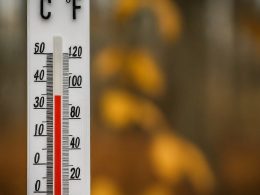Introduction:
Lung cancer is a type of cancer that begins in the lungs, the organs responsible for breathing. It is often caused by long-term exposure to certain substances, such as tobacco smoke, radon, asbestos, or air pollution.
According to the American Cancer Society, lung cancer is the second most commonly diagnosed cancer in both men and women, after skin cancer. It is also the leading cause of cancer death in both men and women, accounting for about 25% of all cancer deaths.
One of the reasons that lung cancer is so deadly is that it often does not cause any symptoms in its early stages. When symptoms do appear, they can include coughing, wheezing, chest pain, hoarseness, and shortness of breath. These symptoms can be caused by many different conditions, so it is important to see a doctor if you experience any persistent or unusual symptoms.
If lung cancer is suspected, doctors may perform a variety of tests, including a chest X-ray, CT scan, PET scan, or biopsy. Treatment options for lung cancer may include surgery, radiation therapy, chemotherapy, or targeted therapy, depending on the stage and type of cancer.
One of the most important things that people can do to reduce their risk of developing lung cancer is to quit smoking, or to never start smoking in the first place. In addition to tobacco smoke, exposure to other substances such as radon and asbestos can also increase the risk of lung cancer.
Conclusion
Lung cancer is a serious and deadly disease that affects millions of people in the US. By understanding the risk factors, symptoms, and treatment options for lung cancer, we can work to improve outcomes for those affected by this devastating disease. Additionally, by taking steps to reduce our exposure to known carcinogens such as tobacco smoke and air pollution, we can work to prevent lung cancer from developing in the first place.









